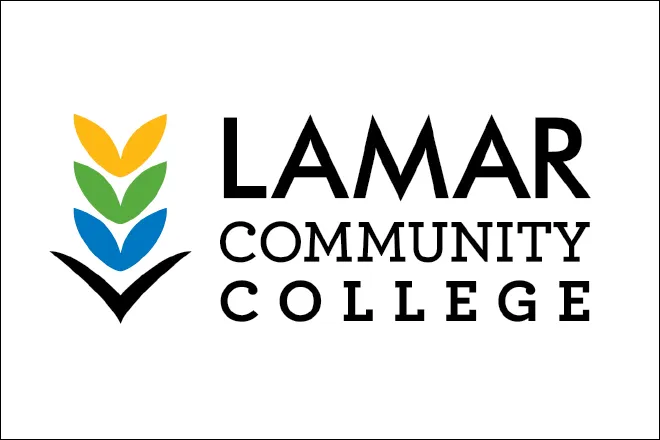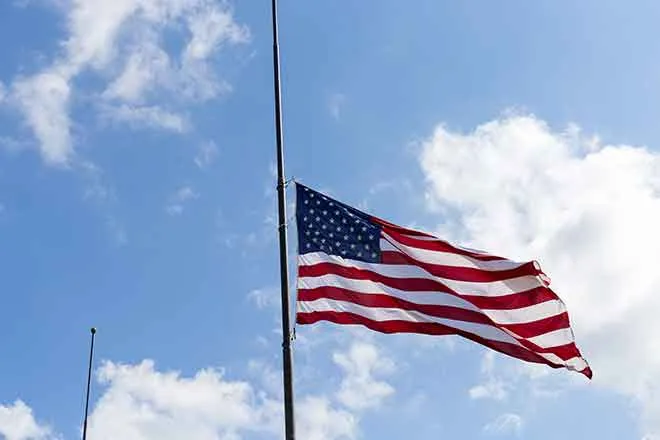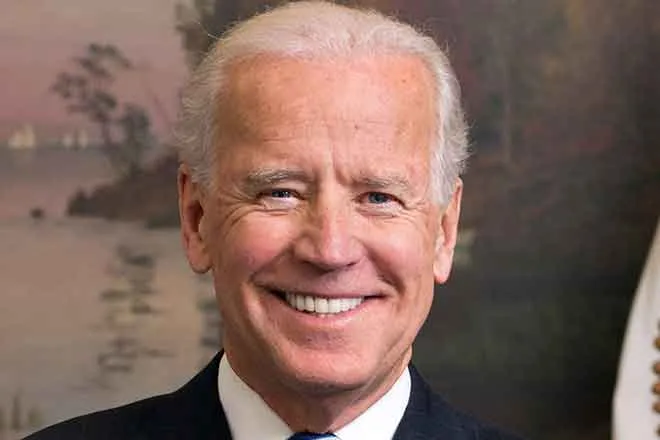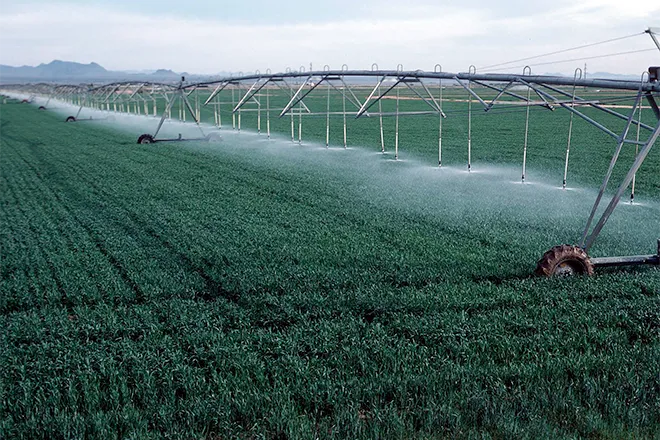
Food insecurity a major problem for Utah college students
(Utah News Connection) There may be some truth to the expression about the "starving college student" struggling to earn a degree.
A survey of students enrolled in Utah colleges and universities found that for many, chronic food insecurity is a major issue.
The survey, commissioned by Utahns Against Hunger, asked students at several Utah campuses if they regularly have access to enough affordable, nutritious food. Almost two out of five students responded that they struggle to put food on their table.
Yescenia Quintana is a Weber State University evaluation and community research supervisor, and co-author of the report. She said poor nutrition can affect more than a student's grades.
"Students that were hungry had lower GPAs," said Quintana. "They were much more likely to report that they had a long-term health issue, that they had poor health, that they were struggling to pay rent or their mortgage, or that they were struggling with utilities or getting clothing or any other basic needs. So it's not just limited to food."
Quintana said the statistics found for Utah students closely tracked national studies of hunger on campus. The Utah survey found that food insecurity disproportionately impacts women, first-generation students, students of color and rural students.
Quintana said students with nutritional needs often turn to relatives, free events, food pantries or government assistance programs to find sufficient food. She said as a result, those students also often face medical or emotional challenges.
"Students who are food insecure are much more likely to be socially isolated," said Quintana, "which is not helpful for them as far as getting the support they need."
Quintana said she hopes the study will provide a roadmap for Utah colleges and social-services agencies to develop programs to help students meet their nutritional needs and their academic goals.
"Utah's Against Hunger do have recommendations," said Quintana, "and they have presented on those recommendations, every single one of them, what they could be doing nationally to locally, to what they could be doing on their own campus."
The study was conducted over a six-week period in late 2021 and surveyed more than 5,700 students from a variety of colleges and universities around the state.

















